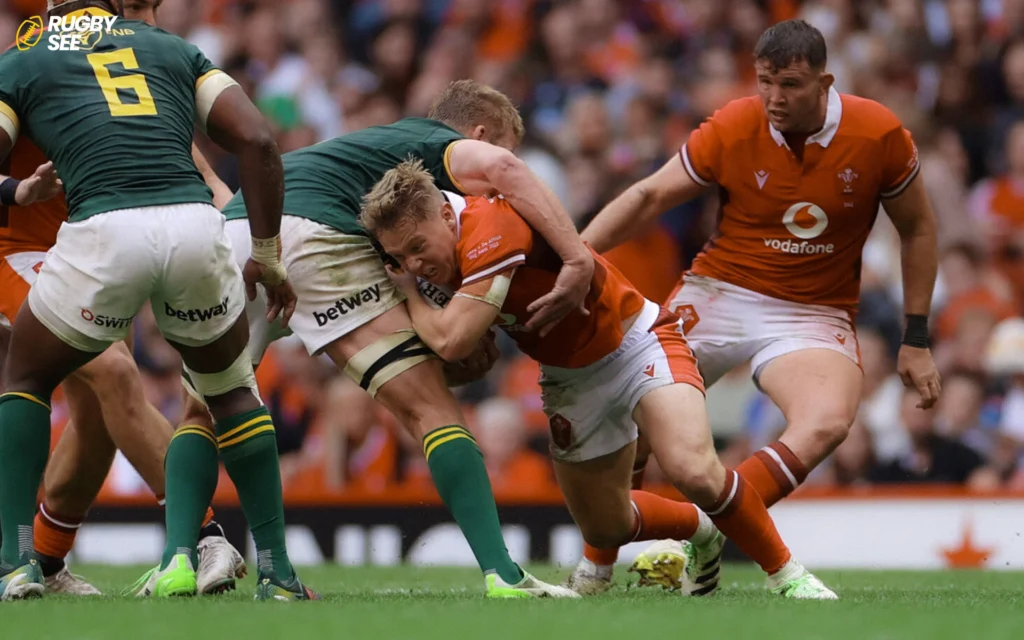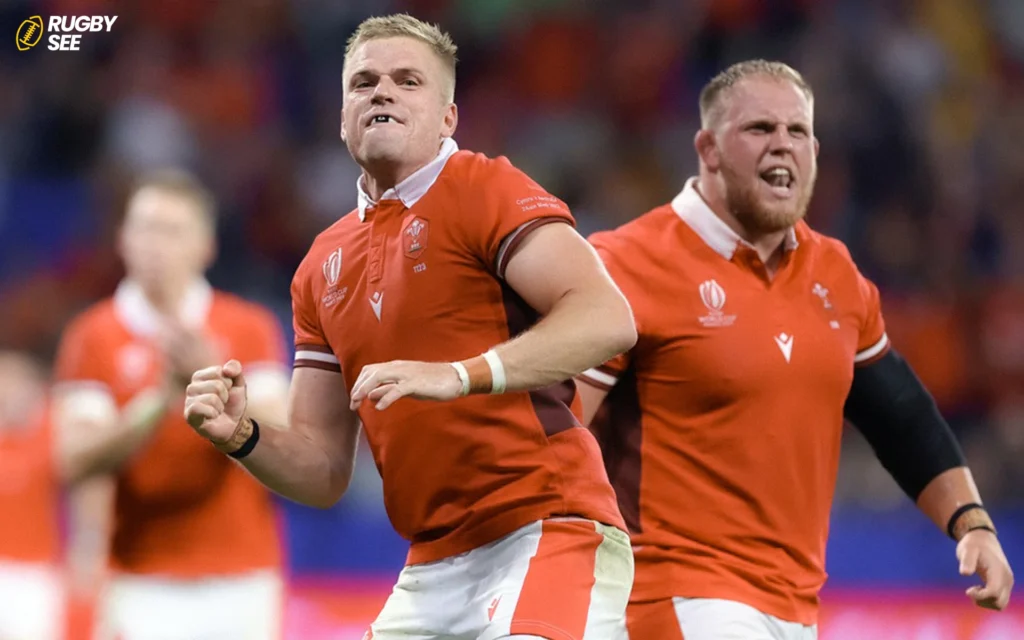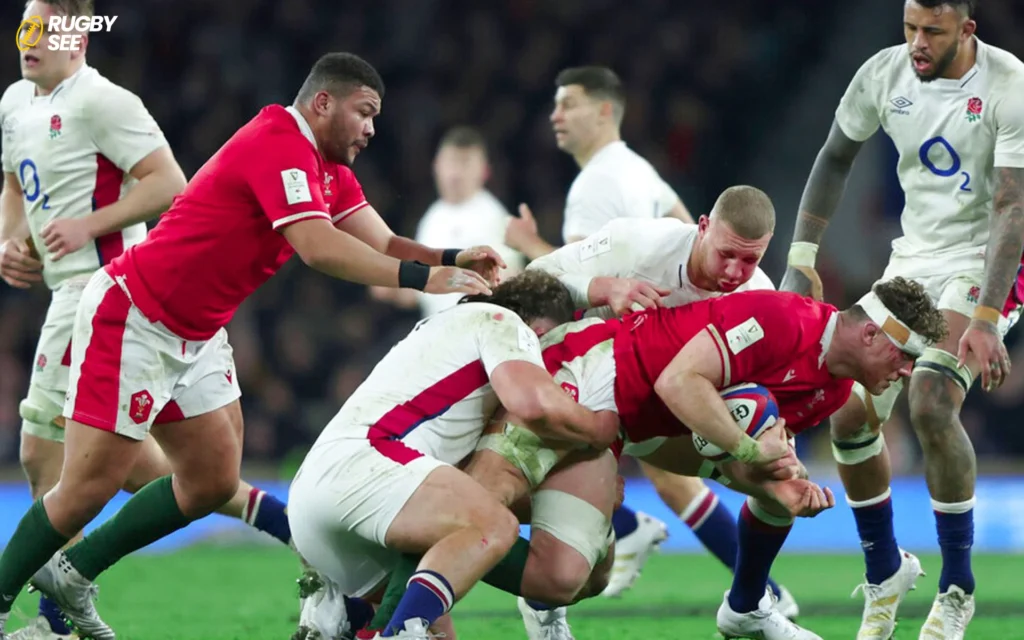In the world of sports, physical attributes can often be misconstrued as markers of suitability or potential. One such misconception surrounds the sport of rugby, with some wondering, “Are rugby players short?” This question not only simplifies the diverse physicality within the sport but also overlooks the strategic nuances that make rugby uniquely inclusive. This article seeks to debunk this myth by exploring the varied demands of rugby positions, the advantages of diversity in height, and the reality of professional players’ stature.
Understanding Rugby’s Physical Diversity
Rugby is a sport celebrated for its inclusivity, where players of various shapes and sizes find their niche. Unlike sports where a single physical attribute can dominate, rugby requires a broad spectrum of skills and physicalities. From the towering second-row forwards to the agile and swift backs, each position has distinct physical demands that do not necessarily correlate with being tall or short.
Positional Demands and Height
To appreciate the diversity in rugby, it’s essential to understand the positional requirements:
- Forwards: Generally, forwards are the taller members of the team, especially the second-row players who excel in lineouts and mauls. Their height, typically above 6 feet (183 cm), provides a leverage advantage. However, even within the forwards, there’s variability. Front rowers, for example, may not be as tall but are often more robust and powerful.
- Backs: Backs tend to be shorter and more agile, focusing on speed, agility, and tactical acumen to outmaneuver opponents. While height can be an advantage in certain situations, such as catching high balls, it’s not a prerequisite for success in these positions.
The Reality of Professional Rugby Players’ Heights
A survey of professional rugby players’ heights reveals a wide range. While it’s true that many professional forwards, particularly locks, average between 6’4″ (193 cm) and 6’8″ (203 cm), suggesting that rugby players are universally tall is a misconception. Many successful rugby backs and even some forwards have thrived in professional rugby without towering stature, proving that skill, technique, and strategic understanding are equally pivotal.

The Advantage of Height Diversity
Height diversity within a rugby team is not merely a consequence of the sport’s inclusive nature; it’s a strategic advantage. The variation allows teams to exploit different aspects of the game, from lineouts and scrums to open-field tactics. A team that can field players with a range of physical attributes can adapt to and challenge the dynamic nature of rugby more effectively and if you want to know about getting CTE in Rugby read do rugby players get cte.
Highlighting Exceptional “Shorter” Rugby Players
The history of rugby is adorned with players who, despite not being the tallest, have left an indelible mark on the sport. These players have used their agility, speed, strength, and rugby intelligence to outplay taller opponents, often becoming key figures for their teams. Highlighting their achievements helps dismantle the notion that success in rugby is height-dependent.
The Future of Rugby: Talent Beyond Height
As rugby continues to evolve, the focus on player development increasingly recognizes the importance of skill, game sense, and physical fitness over mere physical attributes like height. Rugby training and talent identification programs are geared towards nurturing well-rounded athletes, emphasizing the importance of inclusivity and diversity in fostering the sport’s growth.
Since we’ve established the foundation of how rugby embraces physical diversity and debunked the myth that success in rugby is solely dependent on height, let’s delve deeper into the training, player development, and the cultural significance of rugby’s inclusivity. This continuation will highlight the importance of skill development, the role of player conditioning, and the broader message rugby sends about sportsmanship and team dynamics.
Skill Development and Player Conditioning
In rugby, the emphasis on player development extends beyond physical attributes to focus heavily on skill acquisition, tactical understanding, and mental toughness. For “shorter” players, this means honing skills that maximize their agility, speed, and technical abilities, such as passing accuracy, kicking proficiency, and open-field tactics. Conditioning programs are tailored to enhance each player’s strengths, ensuring they can withstand the physical demands of the game, irrespective of their height.

Tactical Innovation and Team Dynamics
Rugby’s inclusivity fosters a culture of tactical innovation, where coaches and players continually develop strategies that leverage the unique mix of talents within their team. This dynamic approach to team composition encourages a more creative and adaptable style of play. In this environment, players of all heights are valued for their contributions to the team’s strategic objectives, reinforcing the idea that success in rugby is a collective effort that transcends individual physical characteristics.
Overcoming Stereotypes and Celebrating Success
The stories of “shorter” rugby players who have achieved great success on the international stage serve as powerful testimonials to the sport’s inclusivity. These players often become role models, inspiring the next generation of rugby talent to focus on developing their skills and understanding of the game, rather than being deterred by stereotypes related to physical stature. Celebrating these successes challenges prevailing myths and encourages a more inclusive view of athleticism and if you want to know about getting Concussions in Rugby read Do Rugby Players Get Concussions.
The Cultural Significance of Rugby’s Inclusivity
Rugby’s approach to inclusivity goes beyond the field, reflecting broader societal values of diversity, acceptance, and teamwork. The sport’s global community is united by a shared respect for all players, regardless of their physical attributes, highlighting the power of sports to bring people together. This ethos of inclusivity and respect is part of what makes rugby unique, fostering a supportive environment where all players can thrive.
Preparing for a Future of Diverse Talent
The future of rugby lies in its continued commitment to embracing players from all backgrounds and physical profiles. As the sport grows globally, its inclusive culture is likely to attract a wider array of talent, further enriching the game. Initiatives aimed at grassroots development and community engagement are essential to nurturing this diverse talent pool, ensuring rugby remains accessible and appealing to everyone.

The question of whether rugby players are short overlooks the rich diversity and inclusivity that the sport embodies. Rugby is a game for all, where players of varying heights and sizes not only coexist but thrive by leveraging their unique strengths. The sport’s beauty lies in its ability to accommodate and celebrate physical diversity, proving that success on the rugby field is determined by heart, skill, and determination, far beyond the measure of height.
In debunking the myth that rugby players are short, we uncover a deeper appreciation for the sport’s complexity and inclusivity. Rugby champions a message of unity and diversity, showcasing that excellence is not confined to physical attributes but is a product of perseverance, skill, and strategic intellect. This understanding not only enriches our appreciation of rugby but also encourages a more inclusive perspective on athleticism and success.










